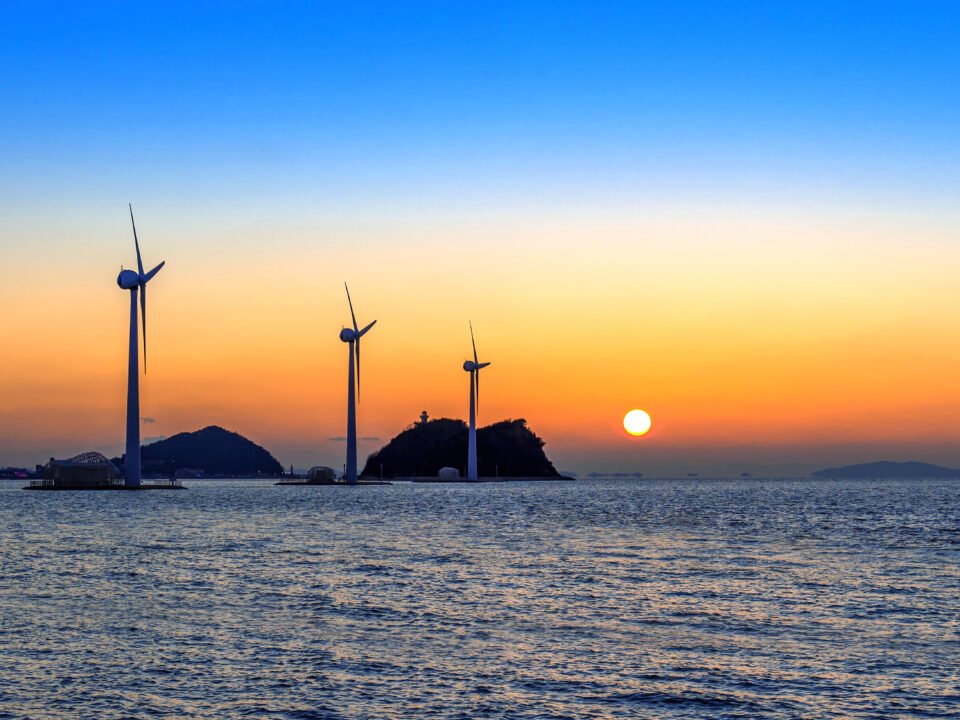Let’s learn how Wind Power functions:
When the air turns the carbon-fiber blades attached to the units the Wind turbines start to rotate and work. The blades of the wind turbine are connected to a motor, which leads to kinetic energy turning into electricity. The energy is transferred to a gearbox, which further converts the slow spinning of the blades into a high-speed rotary motion. Then this turns a drive shaft fast enough to induce power in an electric generator.
Traditionally, onshore wind turbines used to dominate the wind power market, however, in
recent years that has changed. Advances in technology have led to the development of offshore wind farms.
Let’s understand what onshore wind is?
Onshore wind power refers to turbines located on land and not overwater. They are typically
located in lands that are very sparsely populated and lands that are of low conservation value. According to the International Energy Association, surprisingly, onshore wind electricity
generation increased by 12% in 2019. On the same hand, Capacity additions also grew by 22%
after stagnating for a couple of years.
Coming to the Advantages of onshore wind:
Besides the obvious advantages of sustainability, we have the following to cover as advantages of onshore wind:
Less expensive
When infrastructure requirements for onshore and offshore wind turbines are compared then the requirement for onshore wind power is significantly less expensive than what’s required for offshore wind.
Shorter cables
With less distance between the turbines and the consumer as they are on land rather than on
water, there is less voltage drop-off in the cabling.
Quick installation
A big advantage of Onshore wind turbines is that they are quick to install and can be constructed within a few months, unlike other energy sources like nuclear power stations, which can take over two decades to build. Another attached benefit of Onshore wind turbines is that When they are in operation, they have low maintenance costs, which is a great add-on.
Low impact on surroundings
Onshore wind farms have a very less physical impact on their surrounding areas. The best part is that Toxins aren’t released, the site can be farmed around, and there’s very little impact on wildlife as well.
Disadvantages of onshore wind
Varying wind speeds Since onshore wind turbines are placed on the land there is some sort of unpredictability when it comes to the speed of wind flowing through the turbines. The speed of onshore wind turbines is a little unpredictable. Because wind speed and direction vary on land, achieving constant power generation can be somewhat challenging. As a result, wind speed and direction need to be carefully monitored to plan for successful energy generation.
Intermittent energy
Because onshore turbines do not run year-round, they require fossil-fuel backups when the wind speed is slow. As we come to rely more heavily on wind farms for our energy, increasing
amounts of fossil fuels will also be required and fossil fuels are non-renewable so that puts a
question to the entire effort of moving to a renewable source.
Overall, the advantages of onshore wind Are way more than the potential disadvantages of
onshore wind.



